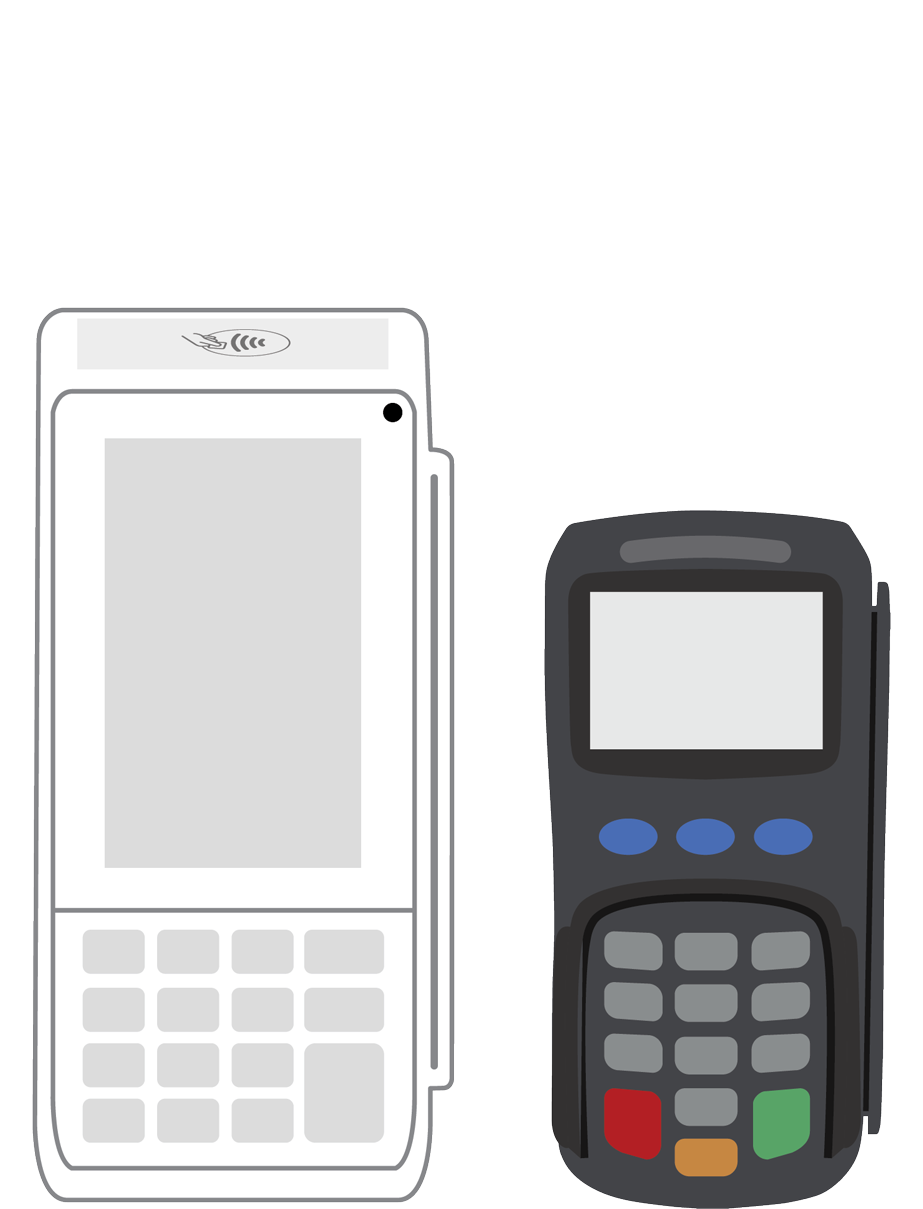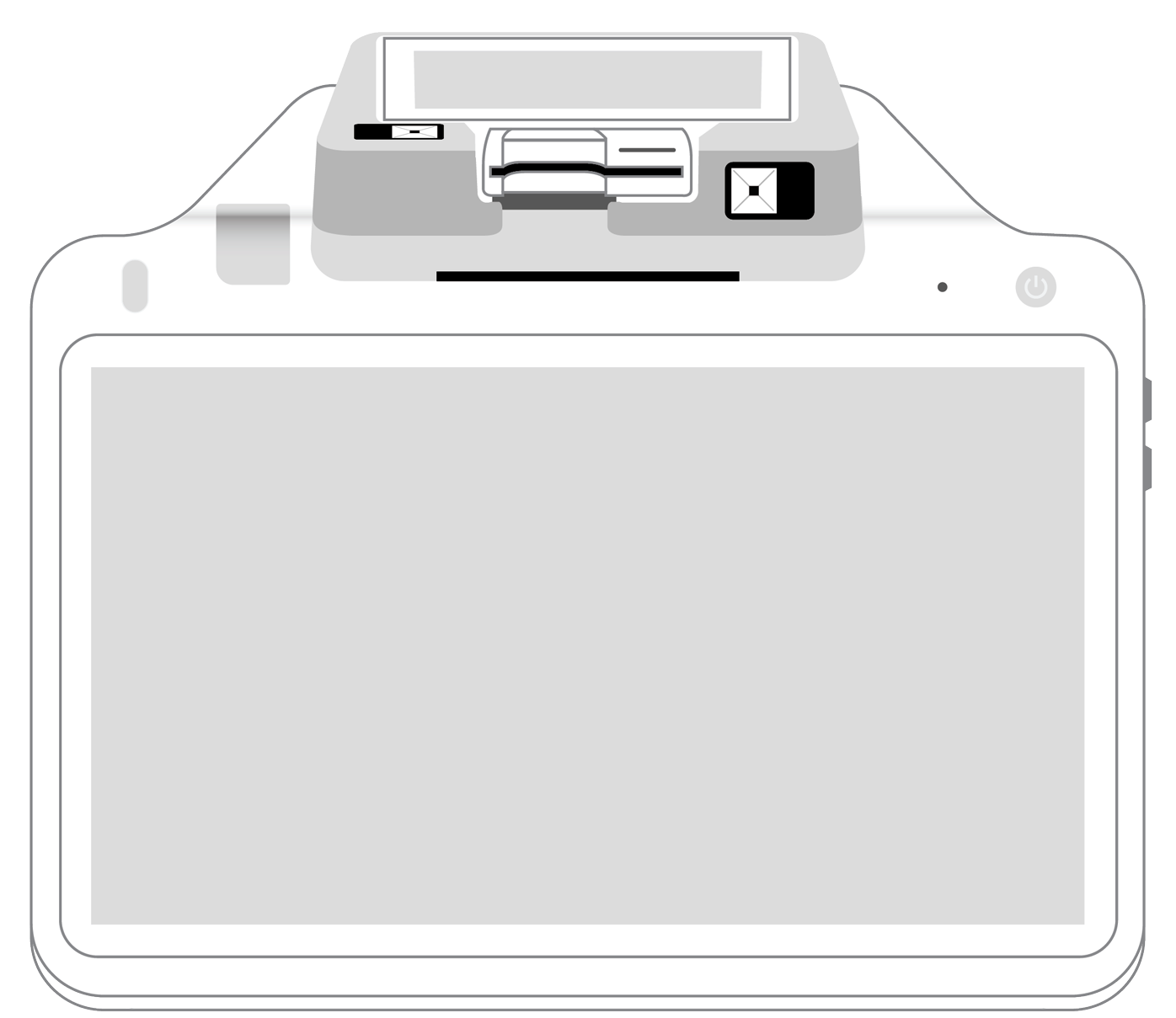It’s ‘National Get Organized’ Month – here are 5 tips to get your store humming for 2023.

Now that the craziness of the holiday selling season is behind you, it’s all too tempting for you as a business owner to rest on your laurels and take a well-earned break. Allowing yourself a bit of time to relax and pat yourself on the back for a job well-done is healthy and, in fact, essential. We encourage you to take advantage of the calm after the storm that happens in January to not only recharge your batteries but also to get your store prepared for the more hectic upcoming sales months. A little effort now can pay huge dividends throughout the spring, summer, and fall, so seriously consider incorporating some of these tips into your immediate business strategy.
1. Review and standardize processes and procedures.
It doesn’t matter if you have one storefront or 100; you might not even have a brick-and-mortar presence at all. Regardless of what type of business you’re running, having a standardized set of policies and practices helps your entire operation to run smoothly, up to and including the customer experience. When it is clear to everyone exactly what to expect in any given situation, stress is reduced, and the credibility of your business is boosted.
To that end, take time to review the following areas.
- Staffing guidelines. This involves looking at your existing hiring practices and employee manuals to ensure that training, hiring and firing, and conduct procedures are up-to-date, transparent, and understandable.
- Cash management. Payment processing for retail stores is now integrated with the point of sale system that streamlines many of your overall business procedures. However, it is only as efficient and effective as the people who operate it. Make sure that all relevant personnel understand the multitude of features in your smart terminal and know not only how to accept customer payments, but also to use its inventory, customer relationships, and reporting capabilities.
- Product showcasing. Look over your displays and layout to showcase your merchandise to maximum effect. Staff should be trained to provide compelling and accurate information to customers.
- Customer service guidelines. Everyone should understand how to treat buyers, as well as know appropriate procedures for returns, exchanges, and disputes.
When everyone knows what is expected of them, accountability is enhanced and the likelihood of unpleasant surprises is lessened.
2. Reduce paperwork whenever possible.
Receipts, notes, and other hard copies can rapidly inundate your operations and lead to mistakes and inefficiencies. Luckily, today’s technology allows you to digitize most documents, including those pesky receipts that can so often get lost or miscounted. To make that happen, invest in a document management system that stores electronic data in the cloud for easy, secure retrieval from anywhere.
3. Automate tasks when possible.
Speaking of technology, it is now making it possible to relieve you of the burden of completing repetitive tasks. The human touch remains vital in many cases, but you can automate numerous operations as long as doing so saves you time and you can scale the automation if your business changes in size or focus. Although doing so may not allow you to manage your store remotely all the time, it will vastly increase your reach and flexibility in multiple areas.
4. Optimize your point of sale system.
Earlier in this article, we hinted at the capabilities of your point of sale (POS) system. If you’re not using it entirely, you could be duplicating tasks or spending time implementing steps that your system could take care of for you. If you are in doubt about your system’s tools, talk to your payment services provider. However, in general, these systems will do the following.
- Process a wide variety of customer payments, including credit and debit, loyalty card, contactless, and recurring billing.
- Manage employee-related tasks such as shift scheduling, overtime, vacations, communications, etc.
- Customer relationships, including loyalty programs and shopping profiles.
- Inventory management, including merchandise identification, tracking, and alerts to reorder.
- Reporting, using sales, and financial data to learn about past spending and sales, employee productivity, and product trends.
- Accounting/financial capabilities that integrate seamlessly with other third-party applications.
A fully functional POS system will enable you to save time and money throughout every aspect of your business operations.
5. Physically organize your merchandise.
When items do not have their own place or are put in locations without forethought, customers and staff can waste time searching for them. Therefore, it is important to periodically look over your shelves with an objective eye. Put best-selling items where customers can reach them easily and where staff can restock them without needless complications. This also applies to the warehouse where you keep stock to be sent to your online clients. After all, every minute is money.
Many of us tend to look with dread at the prospect of re-organizing and decluttering. However, those who have bitten the bullet and gone through the process will generally agree that doing so was not only highly beneficial but also cathartic. If you want to give your business a new lease on life, spend at least some of your time this January revitalizing it by refining its procedures, infrastructure, products, and layout!
 3-in-1 Reader |  Terminal |  Keypad |  PINPad Pro |  Flex |  POS+ | |
|---|---|---|---|---|---|---|
Payment types | ||||||
EMV chip card payments (dip) | ||||||
Contactless payments (tap) | ||||||
Magstripe payments (swipe) | ||||||
PIN debit + EBT | ||||||
Device features | ||||||
Built-in barcode scanner | ||||||
Built-in receipt printer | ||||||
Customer-facing second screen | ||||||
External pinpad | ||||||
Wireless use | ||||||
Network | ||||||
Ethernet connectivity | With dock | |||||
Wifi connectivity | ||||||
4G connectivity | ||||||
Pricing | ||||||
Free Placement | ||||||